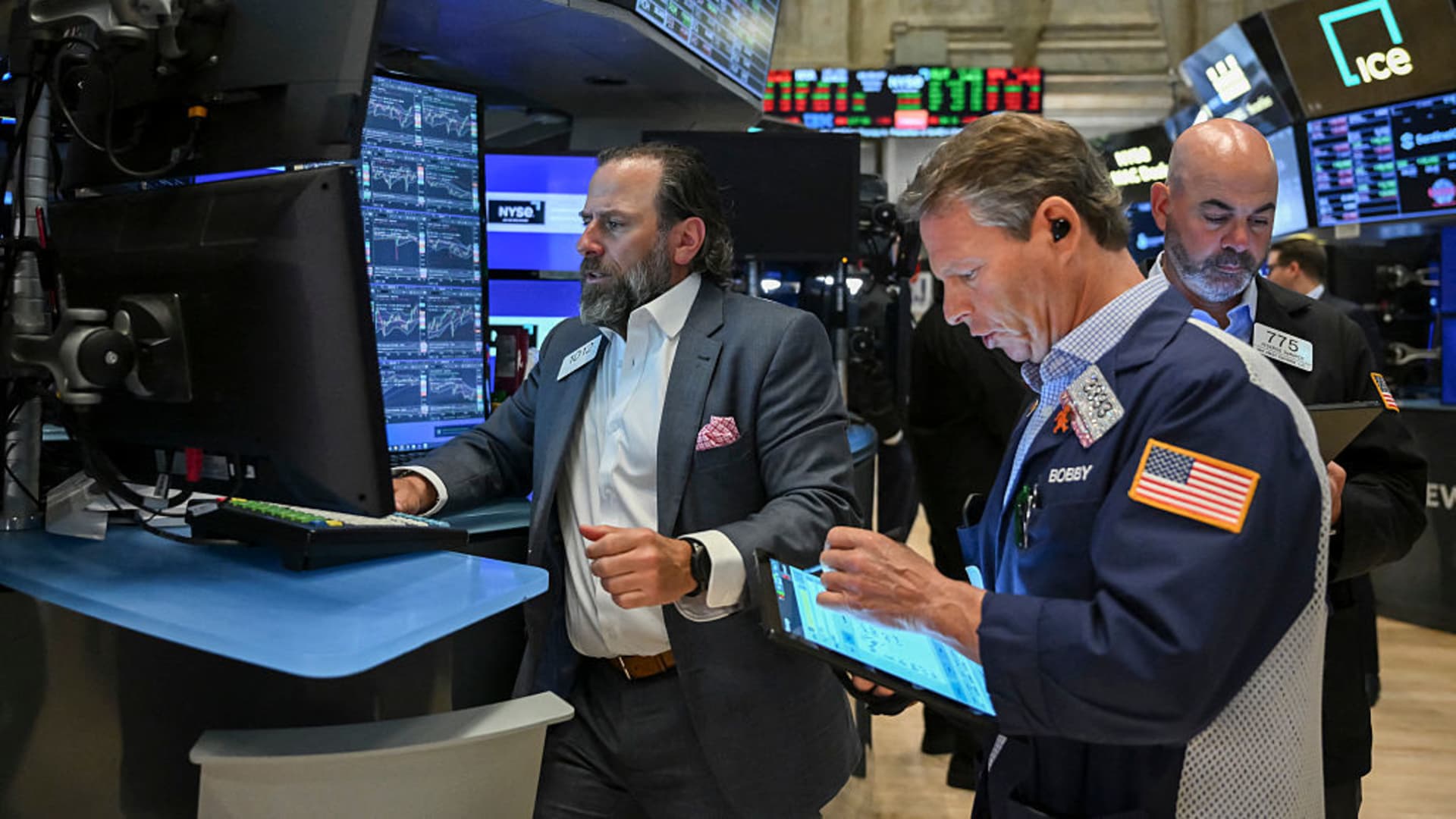If history is any indication, this stellar earnings season and the ensuing May rally mean investors may be in for some rocky times ahead. By all standards, the first-quarter earnings season — which ended last week with Nvidia reporting an earnings and revenue beat — marked the resumption of the artificial intelligence-driven structural bull market, Evercore ISI wrote in a Sunday note. The investment firm noted that this earnings season had one of the biggest rallies of any season since 1992. “1Q Earnings Season was a Blowout (493 S & P 500 companies, 98% of market cap have reported), with S & P 500 Earnings Growth of 13.1% and Sales Growth of 5.0%, surprising by 8.1% and 0.8% respectively,” wrote Julian Emanuel, Evercore ISI senior managing director. The results helped propel the S & P 500 to a nearly 6.2% advance in May for its best month since November 2023. Emanuel noted that this blowout season and the subsequent rally have occurred despite uncertainty around President Donald Trump’s proposed “big, beautiful” tax bill. However, he said history suggests that investors could be contending with elevated volatility in June. “The precedent for huge rallies during Earnings Season, similar to 1Q25’s, is that the month ahead returns are choppy with plenty of volatility,” he wrote. Emanuel added that the CBOE Volatility Index, or VIX, Wall Street’s fear gauge, has on average gained 19% in the month after a huge earnings-fueled rally. The last time an earnings season was followed by a huge jump for stocks, in 2022, the VIX surged more than 17% the following month. Despite this volatility ahead, Emanuel said investors don’t need to worry about revisiting the stock market’s lows. “We think there’s going to be further runway, but we don’t think there’s going to be a recession,” he said Monday morning on CNBC’s ” Squawk on the Street .” “As we’ve seen, the policy tends to, let’s say, evolve when we get down to the lows. But we don’t think you need to go back there. We just think it needs to be sort of one of these healthier periods where we get more clarity around policy.”





